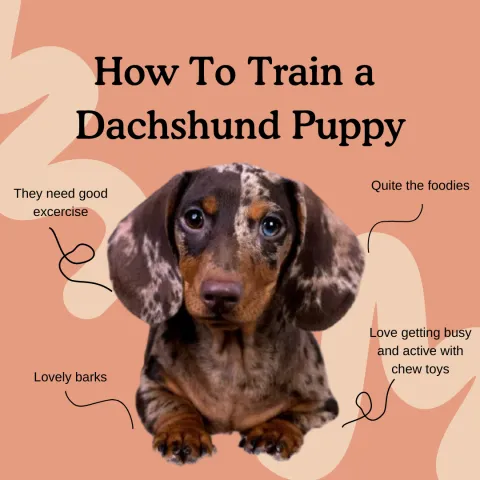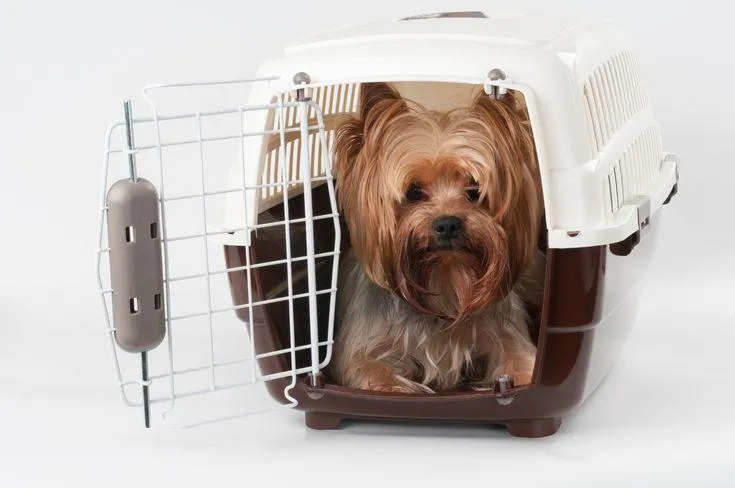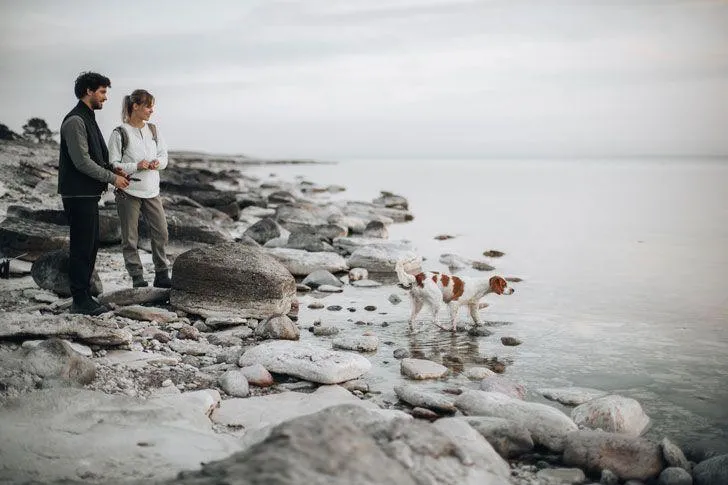Traveling with Your Pet? Here’s Everything You Need to Know About Pet Crates
If you’re planning a vacation with your furry friend in tow, having the right pet crate is crucial for ensuring a safe and comfortable trip. As someone who has transported pets across long distances in various crates over the years, I’ve definitely had my share of lessons learned. In this article, I’ll cover the different types of pet crates, what to look for when choosing one, sizing guidelines, crate training tips, and other important factors to consider for traveling with pets by car, plane, or other modes of transportation.
Types of Pet Crates
There are several main crate styles to choose from:
-
Collapsible/foldable plastic or wire crates – Lightweight and easy to pack in the car or luggage. Good options for car trips or airline travel where you’ll be checking the crate as luggage. Plastic is more durable but wire allows for better airflow.
-
Hard-sided plastic crates – Heavier duty than foldable crates but don’t collapse down. Provide maximum security and can double as an indoor pet bed/den. Better for long car rides where the crate will remain set up in the vehicle.
-
Soft-sided crates – Like a padded dog carrier but without the rigid walls. More comfortable than wire/plastic but less secure, so only suitable for calmer pets. Easy to pack as luggage.
Choosing the Right Size
Getting a crate that’s too big or small can both compromise safety and comfort during travel. Here are the basics:
-
The crate should allow your pet to stand up and turn around comfortably but not be excessively large.
-
Measure your pet from nose to tail, then add a few inches. Height-wise, the top should be high enough that your pet can’t jump or climb over.

-
Puppies or small dogs may grow, so lean towards a crate just one size up from what meets their current needs.
From my experience, it’s better to temporarily use a too-big crate than one that’s too tight of a squeeze. Pets feel more secure with enough room to move around a little.
Crate Training Before Travel
Whether you’ve always used crates or are new to the concept, getting your pet accustomed to their travel crate well in advance is crucial. Some of the key techniques I’ve used include:
-
Feed all meals inside the empty crate with the door open, then closed once they’re comfortable entering.
-
Toss treats and toys inside for positive reinforcement. Gradually work up to having them relax inside for longer periods.
-
Leave the crate out in your home as a den or hiding spot, not just for travel prep.
-
Accustom them to any noises they may encounter, like car travel, by playing recordings while they’re in the crate.
The more your pet views the crate as a safe, happy place beforehand, the less stress there will be on travel days.

Other Travel Tips
Here are some additional things to keep in mind for maximizing your pet’s safety and comfort when traveling by car or plane:
-
Bring familiar toys, bedding, or treats to keep them occupied and alleviate anxiety.
-
Use mats or towels to reduce scratched surfaces in cars. Consider seatbelt straps or crates that are secured to seats.
-
Don’t feed or provide water for a few hours before car rides to avoid messes. Small sips are okay on flights.
-
Carry their health records, vaccinations info, carrier dimensions in case airlines ask for details.
-
Consider calming collars, diffusers, meds from vets if pets struggle with anxiety. Always discuss options with pros first.
While crates aren’t foolproof for every situation, following guidelines like these have basically saved my furry buddies countless times over the years whenever we’ve hit the road together. Does this help cover everything you need to know to crate train your pet for travel? Let me know if any other specific questions come up!
Now you may wonder – what about pets who despise crates? Fear not, there are humane alternatives. For many anxious pooches, the stress isn’t worth it. Some owners find luck using comfortable harnesses and seatbelt attachments in cars or pet carriers on planes instead. At the end of the day, your pet’s comfort should come before any travel preference of yours. It’s crucial to prepare them gradually so they associate enjoyable memories with adventures, not trauma. Hopefully this overview gave you ideas to make choices your four-legged friend approves of too.

In summary, properly sizing the right type of crate for your pet and training them well beforehand will set you and your furry companion up for smoother sailing during trips together. The key is positive enforcement so they view traveling as low-key rather than a dreaded ordeal. With patience and care, you’ll both make fond associations with excursions for life’s little pleasures wherever adventures take you. Safe travels! Let me know if any other questions arise along the way.
Choosing the Right Pet Carrier For Travel
| Type | Size | Escape Proof Rating | Comfort |
|---|---|---|---|
| Hard-Sided | Various sizes | 5 stars | Less comfortable than soft-sided |
| Soft-Sided | Various sizes | 3-4 stars | More comfortable padding |
| Backpack Style | Small-Medium | 2-3 stars | Comfortable for your pet and hands-free for you |
| Airline Approved | Follow size guidelines | Required for travel | Sized specifically for under seat |
| Collapsible | Compacts for storage | 2 stars | Lightweight and portable |
FAQ
-
What size pet crate should I get?
Basically, the crate should be large enough for your pet to stand up and turn around in. However, it also shouldn’t be too large or else your pet may use part of it as a bathroom. As a general rule, get a crate that’s big enough for your pet yet not excessively wide open.
-
Can I use a hard or soft-sided crate?
Both hard-sided and soft-sided crates have pros and cons. A hard crate is more durable and might seem more “den-like” for your pet. But a soft crate is lighter and may seem less confining. As long as your pet feels secure and safe, either can work. Perhaps test out which style your pet prefers at first.
-
How do I train my pet to accept the crate?
Patience and positive reinforcement are key to crate training. At the same time, you don’t want to overwhelm your pet with too much too fast either. Start by feeding your pet in the crate with the door open. Then work up to closing the door briefly when they’re eating treats inside. You may also want to spread their favorite toys and blankets inside to associate the crate with good things. With time and lots of praise & rewards, they’ll start to see the crate as their safe space.
-
Isn’t it cruel to keep my pet in a cage?
Despite appearances, traveling pets see their crates more as dens than confinement. As long as they get exercise and aren’t left in too long, most pets feel secure in their familiar crate. Still, it’s important not to take more than 1-2 bathroom breaks or they may start to think of it as punishment. The key is making the crate their safe haven through positive association.
On the other hand, if left unattended in a strange location, pets can get overstimulated and overwhelmed or even risk injury. So while crating feels constraining to us, it can protect our furry friends when we’re on the move.
-
What else do I need for my pet’s crate?
Make sure to pack your pet’s crate with familiar comfort items like their favorite blanket, toy or chew. Having these on hand may help ease anxiety in a strange new space. Don’t forget basics like extra food, water and bowls either. A bottle of cleaning spray can come in handy as well. Throw in a few poop bags in case of “emergencies” too. Comfort plus being prepared makes for happier traveling pets and more relaxed owners!
Would you also add things like their leash, collar and any medications to the list of crate essentials? Our pets rely on us for everything when traveling, so taking a moment to consider their needs makes the journey smoother for both pet and parent. What else am I missing that could help provide a reassuring den-like feel away from home?

